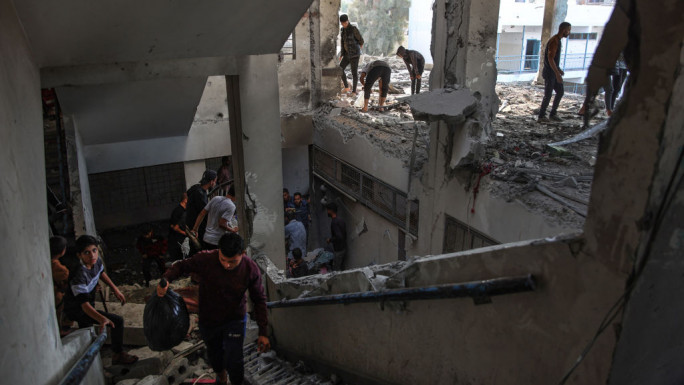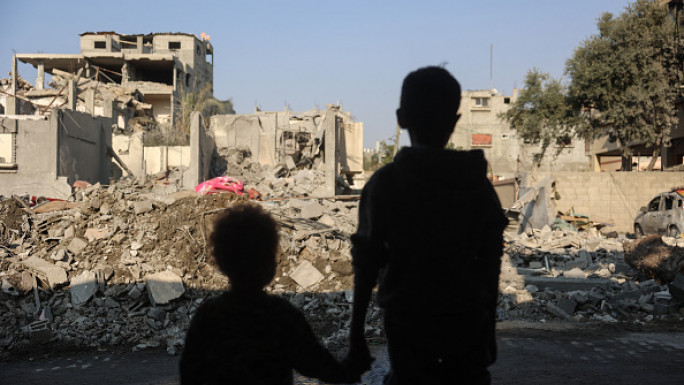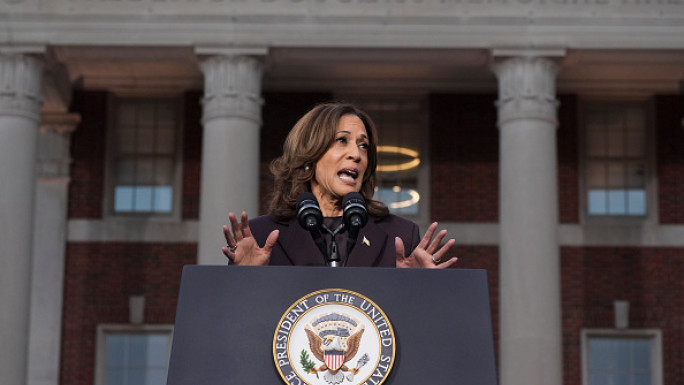
What remains in Afghanistan
The United Nations Mission in Afghanistan (UNAMA) keeps as diligently careful records about violence in the country as is possible.
Little attention is paid these days to Afghanistan, as the focus of attention seems to be further westwards - with the Russian intervention and Western failure in Syria centre-stage. UNAMA data shows that the Taliban's strength is now as it was before October 7, 2001 - when the United States began its Global War on Terror in the country.
More than half of the districts in the country are rated with threat levels of either "high" or "extreme". These districts - from Nuristan in the east to Farah in the west - range across the country. There are few safe havens. The Taliban, by the UN's count, is back.
On September 28, the Taliban stormed into the northern city of Kunduz.
After US airstrikes - including one that hit a hospital, killing civilians - and a surge by the Afghan National Army (ANA), the Taliban has decided to withdraw. But this is a tactical withdrawal.
As they withdrew from this northern city, the Taliban attacked another provincial centre - Ghazni - south-west of the capital, Kabul. Fierce fighting continues on the outskirts of the city. It says a great deal about the determination of the ANA that it has decided to hold that city, unlike Kunduz, which fell swiftly.
| It also says a great deal about the Taliban's range - attacking here and there, with little fear of aerial bombardment |
But it also says a great deal about the Taliban's range - attacking here and there, with little fear of aerial bombardment.
One of the great vulnerabilities in Afghanistan is that its long highways are prone either to ambush by the Taliban or to being shut down. The Taliban has periodically shut down Highway One, which links the major cities of the country.
In Baghlan district, south of Kunduz, the Taliban has closed the highway for the past two weeks. That is the reason why the ANA troops could not get to Kunduz faster. Helmand, in Afghanistan's south, was the focus of the 2010 US surge; large sections of it are now outside the mandate of the Kabul government.
The roads are a constant threat, with the Taliban and other elements holding them or threatening traffic upon them.
Debate mainly centres around whether the US should withdraw its remaining 9,800 troops. This is myopic. Little that the US has done during this 14-year period seems different from what the ANA is now doing.
In Helmand, from February 9, the ANA conducted Operation Zulfiqar. It replicated the McChrystal surge of 2010. The army went into Sangin, an stronghold of the Taliban, but could not hold this opium country.
Thousands of families fled the area, and by many accounts the Taliban returned. Attaullah Afghan, a member of Helmand's provincial council, asked "how much longer might our people suffer? Our people have paid a heavy price for Operation Zulfiqar."
Much the same kind of sentiment emerged in 2012 when the US surge failed to clear the Taliban from the area. Whether the US troops remain or not is hardly the issue. They have failed in their mission. They have been failing since 2001. They cannot do anymore, or any less.
What are the politics that befuddle Afghanistan? The US blasted its way to Kabul in 2001 with the expectation that it would be able to defeat the Taliban and send it to obscurity.
This has not happened. The Afghan People's Dialogue for Peace, which drew together eleven Afghan popular networks and the Human Rights Commission for a discussion that lasted for most of 2013 and into 2014, lays blame with some of the culprits here.
A social worker from the Development Council in Balkh, on the Uzbekistan border, says that low literacy rates, unemployment and poor infrastructure narrow the lives of people. "People living in such conditions," she said, "are easily susceptible to manipulation by the Taliban."
A local councillor from Helmand agrees with her. Lack of basic facilities for ordinary people "drives the conflict".
From Badakshan, in the far north-east, a participant in the dialogue offered the following sentiment: "I know many ex-jihadists from Wardoj district who are unemployed and living in miserable conditions. One of them joined the Taliban in Wardoj just for the financial incentive. This problem occurs because most ex-jihadist fighters are now unemployed, living in poverty and basically needing to survive."
One former Taliban fighter who took advantage of the Afghanistan Peace and Reintegration Programme of 2010 was killed on the way home from one of the dialogue meetings.
He had told the meeting that he felt abandoned by the polticial process. Add to the futility of the peace process the chaos seized by the Poppy Mafia and the Kabul Kleptocracy that has absorbed aid money.
Not one of the sensible suggestions emerging from the Afghan Dialogue can come to pass. The process is buried between the money being made from the war and the impoverished warriors on the ground.
It is also utopian. The war continues. It is fuelled by the root factors of economic collapse and by regional contests. Pakistan's security services continue to play a double-faced role here: Islamabad eggs on the US to conduct drone strikes, while encouraging more Taliban fighters into Afghanistan.
| It is here that Chinese extremists are reportedly training and might eventually threaten western China |
The West has no leverage over Pakistan's establishment.
The only possible partner who might make a regional difference is China, which has long worried about the Taliban. China worries greatly about the insurgency in the north-east, along the Afghan-Tajikistan border.
It is here that Chinese extremists are reportedly training and might eventually threaten western China. At the same time, China is a major investor in Pakistan and one of its major allies. But thus far, China has put little public pressure on Pakistan to cease its support to the Taliban.
In 1997, the UN helped create the Six Plus Two Group, which included the six states around Afghanistan - China, Iran, Pakistan, Tajikistan, Turkmenistan and Uzbekistan - along with the United States and Russia.
This group, which could do little, disbanded in 2001. It is imperative to revive such a regional initiative that would squeeze the Taliban and help Afghanistan rebuild after decades of war.
Matters are grave for the country. On October 12, a UNAMA staff member, Toorpaki Ulfat, was killed in Kandahar.
"She represented the best of what Afghan youth have to offer," said UNAMA head Nicholas Haysom. "Her commitment was not dimmed by the challenging security environment."
But until a new accord is created at the regional level, and until the government is truly able to break out of the grip of the Poppy Mafia and the Kabul Kleptocracy, there is little hope for Afghanistan - the presence of the US troops notwithstanding.
Vijay Prashad is a columnist at Frontline and a senior research fellow at AUB's Issam Fares Institute of Public Policy and International Affairs. His latest book is The Poorer Nations: A Possible History of the Global South (Verso, 2014 paperback).
Opinions expressed in this article remain those of the author and do not necessarily represent those of al-Araby al-Jadeed, its editorial board or staff.


![President Pezeshkian has denounced Israel's attacks on Lebanon [Getty]](/sites/default/files/styles/image_684x385/public/2173482924.jpeg?h=a5f2f23a&itok=q3evVtko)



 Follow the Middle East's top stories in English at The New Arab on Google News
Follow the Middle East's top stories in English at The New Arab on Google News


